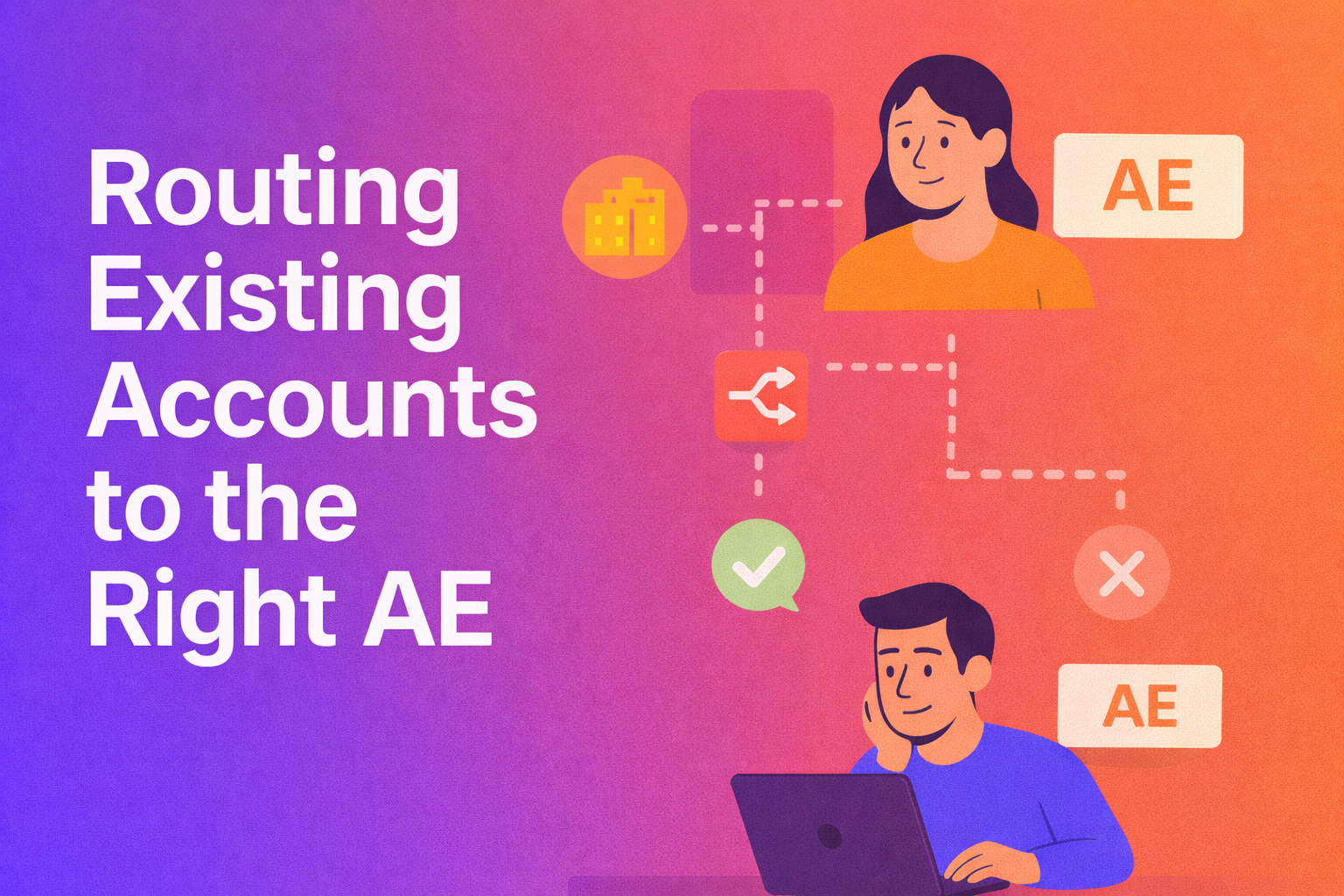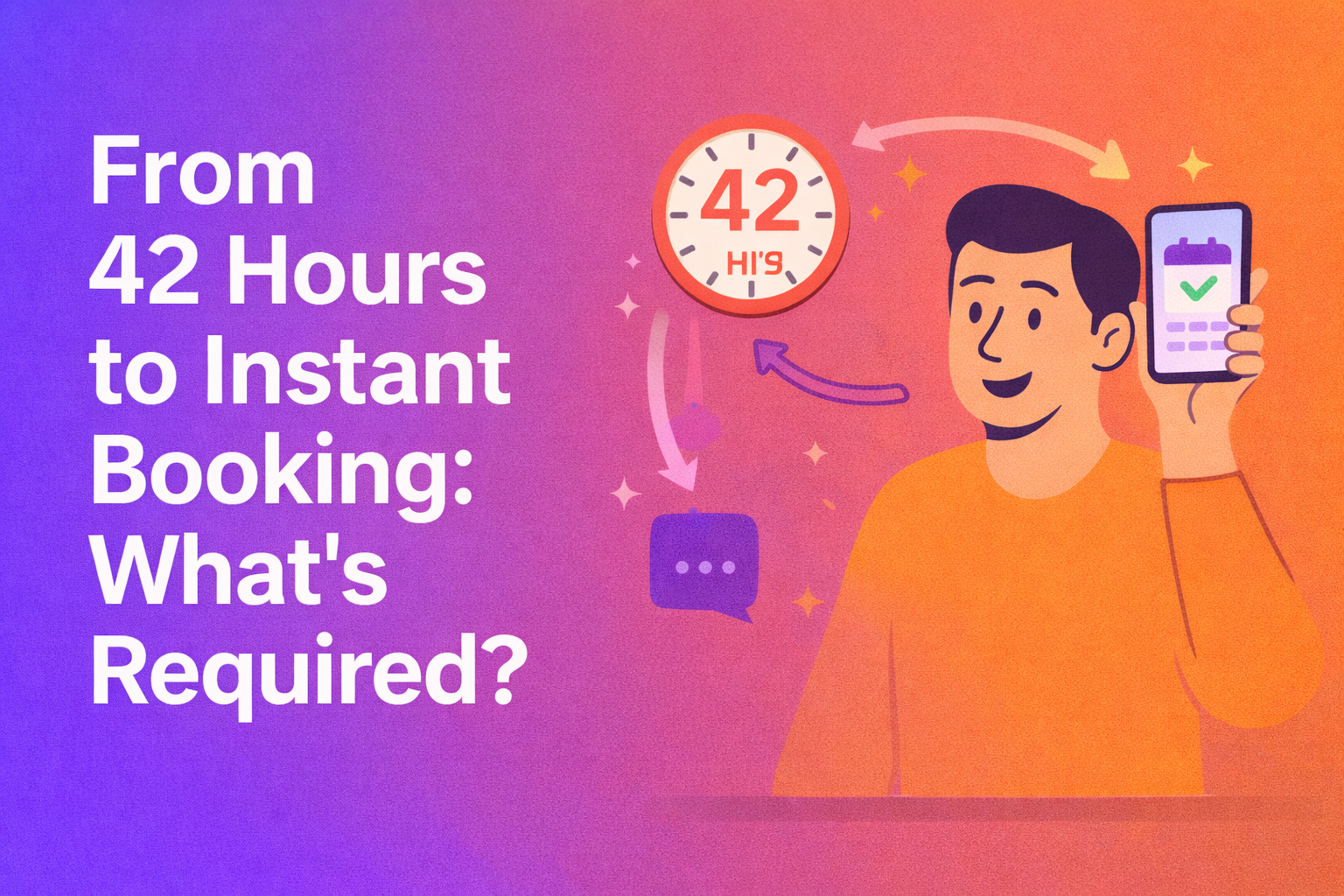The B2B sales rulebook is on its biggest pivot yet, making its way towards a buyer-centric digital-first model.
Changing buyer dynamics and the demand for digital-first engagement not only contribute greatly to this shift but also call for a shift in focus and transformation in strategy. The Gartner Future of Sales in 2025 report revealed that the sales world will become 100% digital in 2025.
“Digitally enabled customers, facing dramatically more difficult considerations, are mismatched with today’s sales model. The model underserves the customer’s most critical need — confidence in making the best business decisions possible.”
- Brent Adamson, Distinguished VP, Advisory, Gartner
The number of digital interactions with B2B buyers is said to increase over the next 5 years making old-school sales strategies redundant. The primary focus for businesses will be on efficiency and automation to stay on par with digital sales acceleration.
Sales teams need to be ready to engage the “everywhere customer”, increase their digital skill sets, facilitate complex, and build a future-forward sales technology roadmap in order to succeed.
Potential roadblocks in an inbound sales engine
B2B buyers want to be in the driver’s seat when it comes to making a purchase. They don’t want to be sold to. Instead, they are looking to have a real conversation about the challenges they face and be offered tailored solutions than a one-size-fits-all pitch.
But like all good things, it doesn’t come easy.
Let’s take a look at the challenges that plague inbound sales teams
- Manual lead qualification results in delayed turnaround times for interested buyers.
- Routing and distribution are also manual processes in clunky CRMs resulting in lost opportunities.
- Scheduling meetings and demos require a lot of back and forth which causes prospects to lose interest and in turn a lackluster show rate.
- The process can be too slow for modern-day consumers who want instant responses and answers to their queries in real-time.
- Lack of cohesive messaging for prospects due to poor alignment between inbound sales and marketing teams.
- Low MQL-to-SQL conversion rate due to poor lead scoring, inaccurate lead routing, and inconsistent follow-up.
- Finally, these time-consuming and tedious processes can cause a strain on resources, time, money, and efforts alongside low motivation and efficiency in sales teams.

The recipe for a great inbound sales experience
What makes a good inbound sales experience great? For both customers and internal teams alike?
Let’s find out.
1. Time and leads wait for none
Speed to lead is the time between when a prospect expresses interest in your business and your sales rep’s earliest response. This matters because the more time that elapses between that initial outreach and your response, your prospect’s interest and intent start to wane.
To ensure your speed to lead is as minimal as possible, focus on routing meetings to the right owners in real-time. Make every form fill count by getting qualified prospects to book meetings with the right sales rep instantly in a single click.
Another key thing to remember here is not to complicate the process of scheduling a meeting. Keep it simple and eliminate friction for your prospect as much as possible.
.gif)
2. The fast and fierce funnel flow
The goal of sales acceleration is to increase the velocity of the sales process through a multitude of means. This could mean adopting the right technology to bridge the gap between marketing automation and CRM, such as RevenueHero’s booking widget. Or investing in predictive analytics, big data, and artificial intelligence amongst others. It’s also about gathering real-time sales intelligence in order to have contextual, relevant conversations, and connecting via social media to improve brand visibility.
It includes asking the right questions. How fast are you responding? How long is your sales cycle? How engaged are your prospects? What is your lead conversion rate? Are you qualifying and routing leads using consistent data across all your sales tools?
Because at the end of the day what matters most is taking steps to create a more efficient sales process.
3. The power of prospects when they can self-serve
According to Gartner’s research, executive sales leaders said they can raise their teams’ odds of closing high-quality deals by 157% by making their customers feel more confident. The key to making them feel confident is to empower them with high-quality content about your product and enable them to reach out to you through frictionless processes.
B2B buyers feel confident when businesses help them determine the right questions to ask themselves and identify which information matters most in their purchase decision. It also helps when sales reps help them make sense of the overwhelming amount of information available and find the right solution for their specific business challenge.
4. Strong synergy between sales and marketing teams
In today’s world B2B buyers have access to information about the products they are evaluating like never before. They embark on a digital learning journey before making a purchase, with 62% of that happening outside of conversations with sales reps through company content such as blogs, reports, and white papers.
It comes as no surprise that inbound marketing efforts generate 59% of the highest-quality sales-qualified leads through content offers. But on the other hand, sales leaders believe 50% of the prospects they speak with aren’t a good fit.
This gap is the main reason why having a strong synergy and alignment between inbound marketing and sales teams is crucial. To do this, both teams must complement, collaborate, and communicate with each other - continually and consistently.
Having shared strategies can help maximize content utilization, drive brand awareness, shorten the sales cycle, improve conversion rates, and boost revenue growth.
Who wouldn’t want the best of both worlds?

An effective way is to meet the modern B2B buyer where and when they want. Which is precisely what inbound sales help do.
While it’s important to have your foundations and tactics in place, a little nudge from a revenue acceleration platform like RevenueHero can have a big impact on your sales process as well as your lead conversion.
Looking for a fast and frictionless inbound sales experience?
To make sure your inbound sales experience is fast and frictionless, invest in the right solutions that make every form fill result in meeting outcomes by qualifying and routing leads accurately.
Schedule a demo to see it in action.
Let RevenueHero help your team turn high-intent users into booked meeting without slowing down your funnel.



.png)








